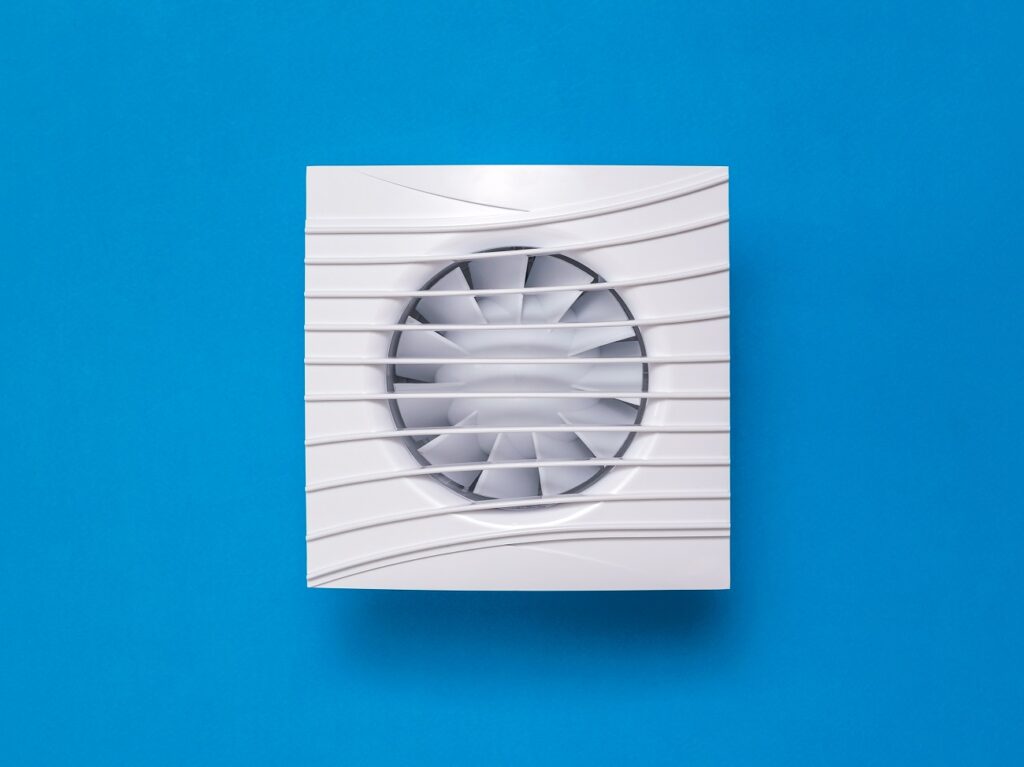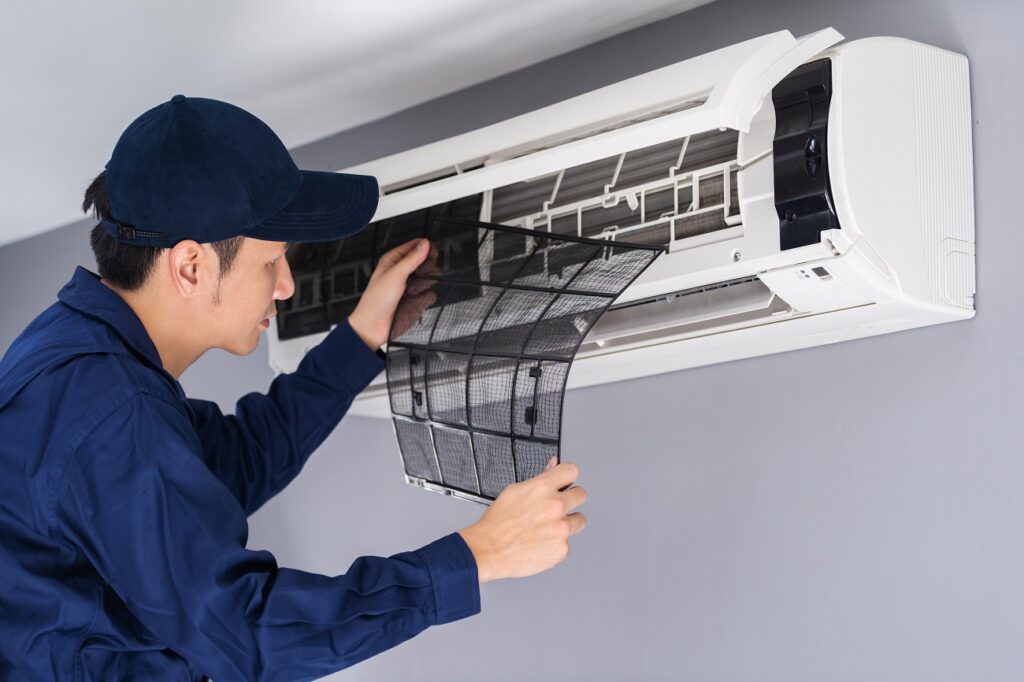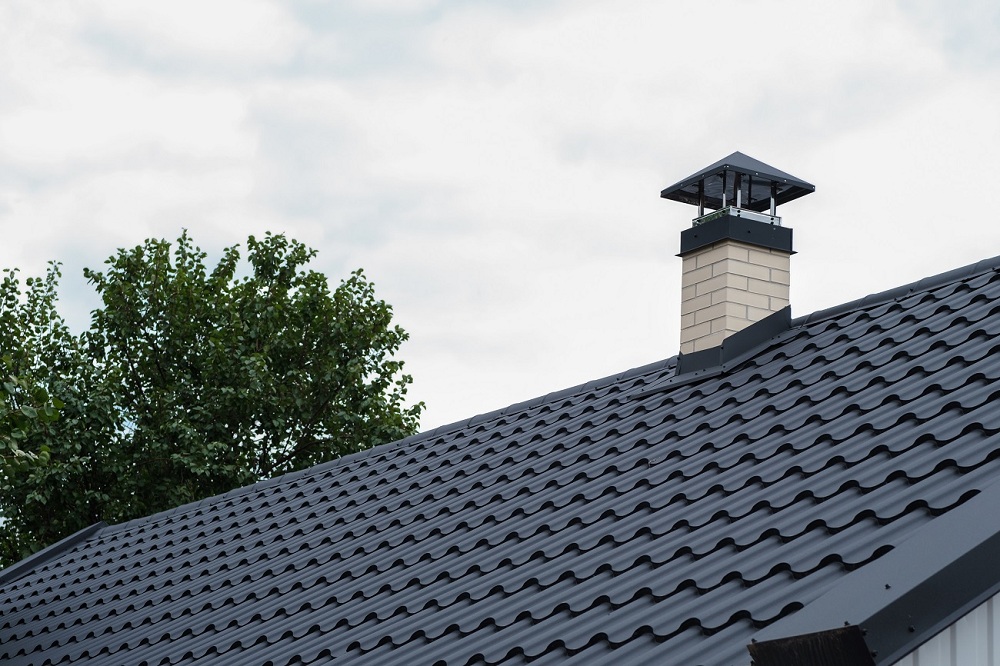Improving home ventilation is essential for maintaining a healthy and comfortable living environment. An efficient ventilation system ensures fresh air circulation, regulates indoor temperatures, and lowers humidity levels. It also eliminates indoor pollutants and reduces condensation, which can be damaging to your home.
Ways to Improve Home Ventilation System
Efficient home ventilation is crucial to your health, making it a valuable upgrade. This discussion delves into several effective ways to enhance home ventilation, from cost-effective, do-it-yourself methods to more complex systems. Keep reading!
01. Improve Natural Ventilation
Harnessing the power of natural ventilation is a budget-friendly and efficient way to enhance the air quality in your home. This approach relies on the strategic use of openings, like tilt and turn windows Melbourne, to stimulate the circulation of fresh air. Essentially, you’re utilizing the air’s natural movement as it responds to temperature changes and wind movements.
Here’s how you can improve the natural ventilation in your home:
- Strategically Open Windows and Doors: Thoughtful placement and opening of your windows and doors can encourage air movement, creating a refreshing circulation. Identify the direction of prevailing winds in your area and minimize obstructions to create a clear path for air circulation.

- Leverage Stack Ventilation: Stack ventilation, which relies on the natural principle that hot air rises, is a highly effective method for ventilating multi-story buildings. This can be particularly useful in warmer climates or during hot seasons. You can open windows on your home’s lower and upper floors to allow cooler air to enter from the lower level while warmer, stale air escapes from the top. Installing vents or skylights can make this possible.
- Use Window Treatments: Window treatments can also significantly influence your home’s natural ventilation. You can install blinds, shades, or curtains to help control how much light and heat enter the room, influencing air movement. Thermal or insulated window treatments can also help maintain indoor temperatures, which, in turn, affects air circulation.

Each of these strategies offers unique advantages. Combining them can help you improve your home’s natural ventilation considerably. Experimenting with various methods can also help you choose what best suits your home’s layout and local climate.
02. Incorporate Ventilation Systems
Mechanical ventilation systems are an excellent addition when natural ventilation falls short, particularly in environments with extreme weather or high pollution. They can effectively control air circulation in your home, promoting indoor air quality.
Here are some effective mechanical ventilation strategies you can explore:
- Install Exhaust Systems: Exhaust systems, primarily exhaust fans, are typically used in rooms prone to moisture and odour, such as bathrooms, kitchens, or laundry rooms. They work by pushing the indoor air out, creating a negative pressure that pulls fresh air into the house through windows and doors.

- Adopt Balanced Ventilation Systems: Balanced ventilation systems such as Heat Recovery Ventilators (HRVs) or Energy Recovery Ventilators (ERVs) are more comprehensive solutions that work by simultaneously exhausting stale indoor air and drawing in fresh outdoor air in equal amounts. This helps maintain balanced air pressure within your house, enhancing air quality.
- Explore Ventilation Controls: Incorporating ventilation controls, such as humidistats, CO2 sensors, or timers, can help optimize the operation of your ventilation systems. These controls can automatically adjust the system operation based on factors like indoor humidity levels, carbon dioxide concentrations, or the time of day, providing improved efficiency and comfort.
Implementing a combination of natural and mechanical ventilation strategies can ensure a fresh, healthy, and comfortable indoor environment for your home.
03. Upgrade Your HVAC System

A well-maintained and up-to-date Heating, Ventilation, and Air Conditioning (HVAC) system is pivotal in enhancing your home’s ventilation. It ensures adequate air circulation and helps maintain optimal indoor air quality.
If your HVAC system is ageing or inefficient, upgrading to a newer model could bring notable improvements. Here’s how you can upgrade and optimize your HVAC system:
- Regularly Maintain Your HVAC System: Regular maintenance of your HVAC system is key to its efficiency and longevity. Routine check-ups can ensure that it operates at its peak and maintains excellent air quality. It includes changing air filters, cleaning air ducts, and professional inspections.
- Upgrade to a Newer HVAC Model: If your HVAC system is outdated, consider upgrading to a newer model. Modern HVAC systems often have features that can significantly improve ventilation, reduce energy consumption, and provide better air filtration.
- Consider Zoning Systems: If your home has multiple stories or a large floor plan, implementing a zoning system may significantly enhance your HVAC system’s effectiveness. Zoning systems divide your home into separate areas, or ‘zones,’ each with its own thermostat, allowing for more personalized temperature control.
Upgrading and properly maintaining your HVAC system can improve your home’s ventilation and comfort. Consider your home’s specific needs, layout, and local climate when deciding on the most appropriate HVAC system upgrades.
04. Install Roof Vents

Adding roof vents to your home is an effective strategy for boosting ventilation. These vents promote the escape of hot, stagnant air from the top of your house, simultaneously drawing in fresh air through windows and doors. This process can significantly improve the airflow within your dwelling.
Let’s explore the different types of roof vents you can consider, each offering unique benefits:
- Box Vents: Box vents are static vents installed through a hole in the roof. They are a straightforward and cost-effective way to improve your home’s ventilation.
- Wind Turbines: Wind turbines, also known as whirlybirds, utilize wind power to extract air from the attic. They actively expel hot air when the wind is blowing.
- Ridge Vents: Ridge vents are designed to span the complete extent of the roof’s horizontal ridge, seamlessly integrating with the roofline to enhance its visual appeal.
- Solar-Powered Roof Vents: Solar-powered roof vents, or solar attic fans, use the sun’s energy to power an electric fan, actively expelling hot air from the attic. They can move larger volumes of air compared to static vents, providing a significant cooling effect.
Choosing and installing the right roof vents can significantly improve ventilation in your home, reduce indoor temperatures, and foster a healthier living environment. Consider your specific needs, home design, and local climate when selecting the best roof vent options.
Conclusion
Improving home ventilation requires both strategic thinking and practical application. The key is combining various methods, from simple natural ventilation techniques to incorporating mechanical systems, depending on your specific needs. With proper ventilation, you will breathe cleaner, fresher air and enjoy a healthier, more comfortable living environment.


